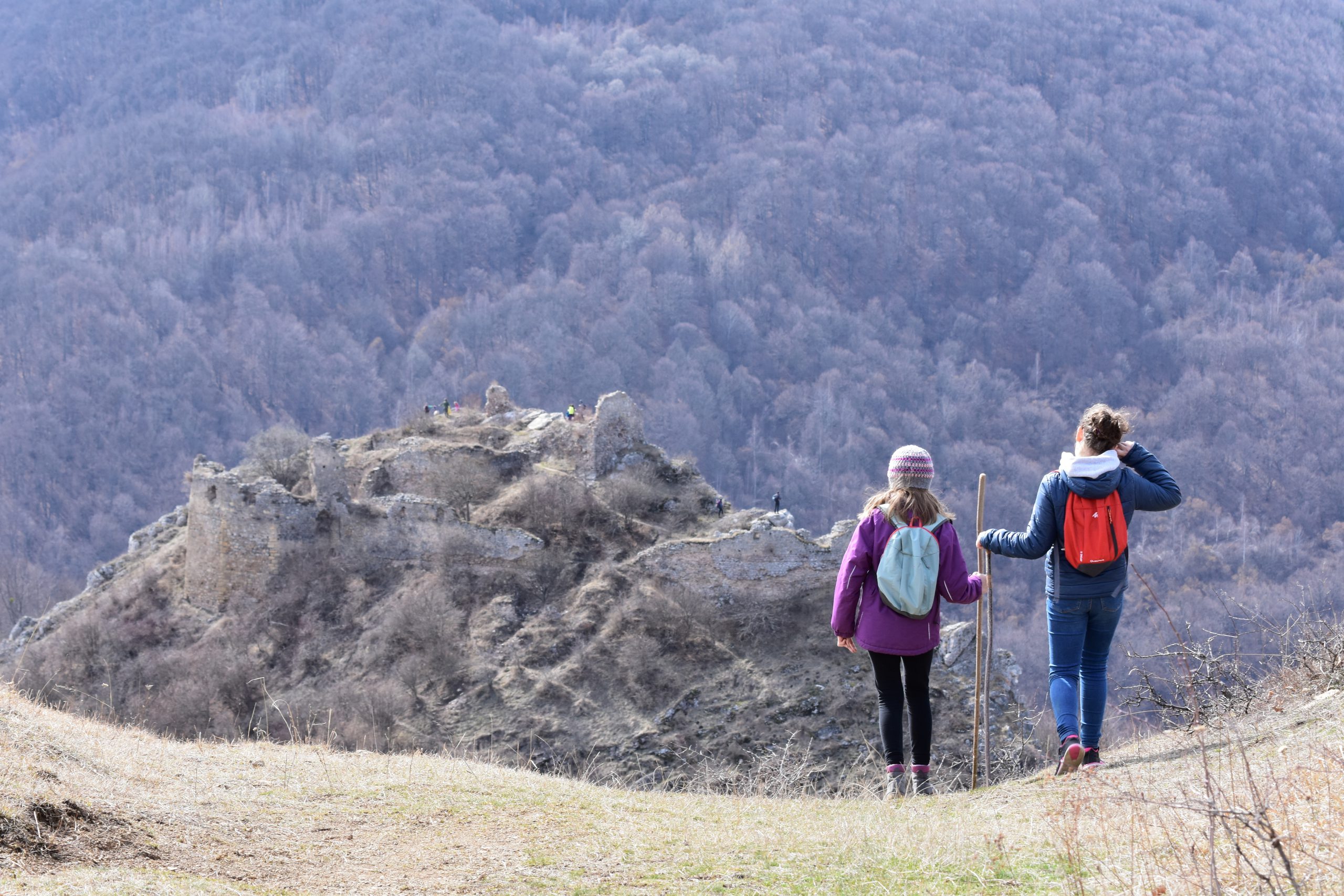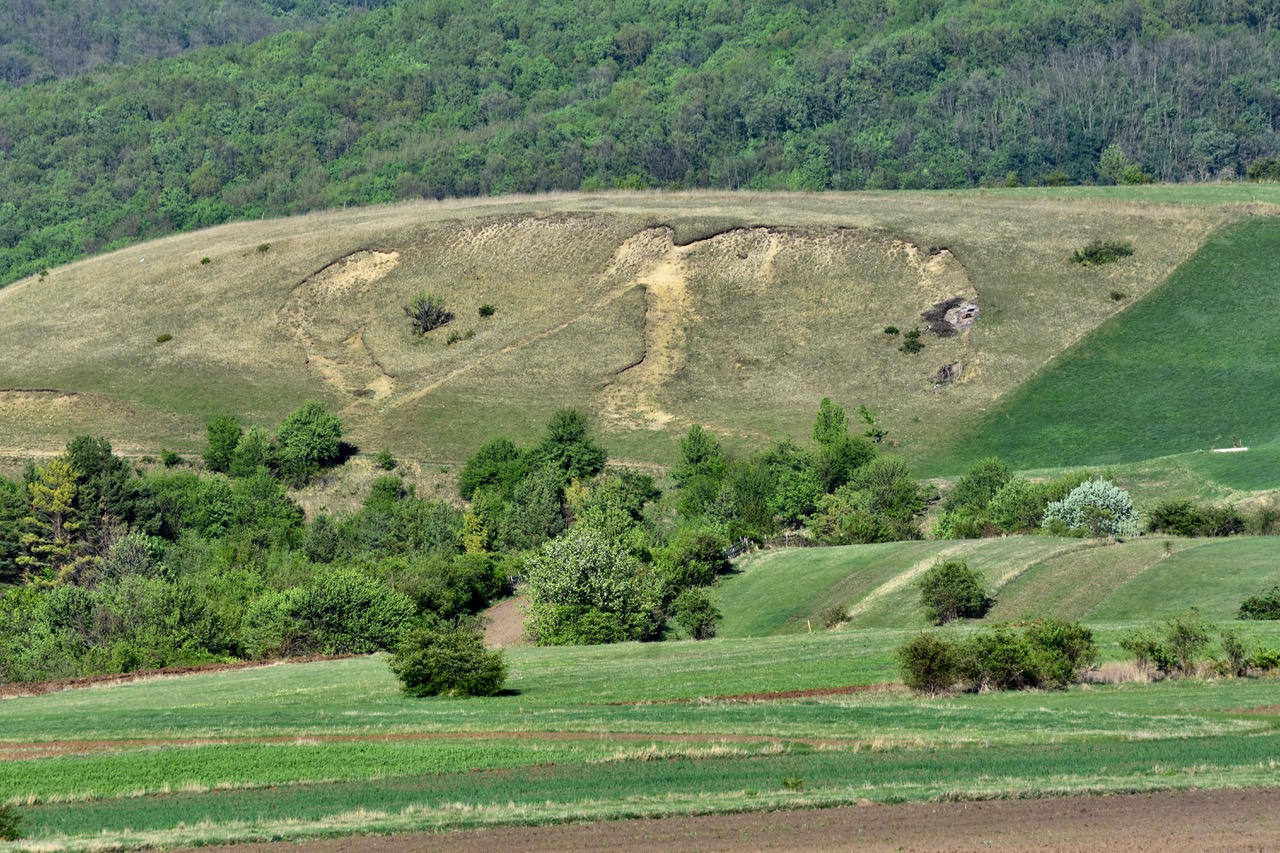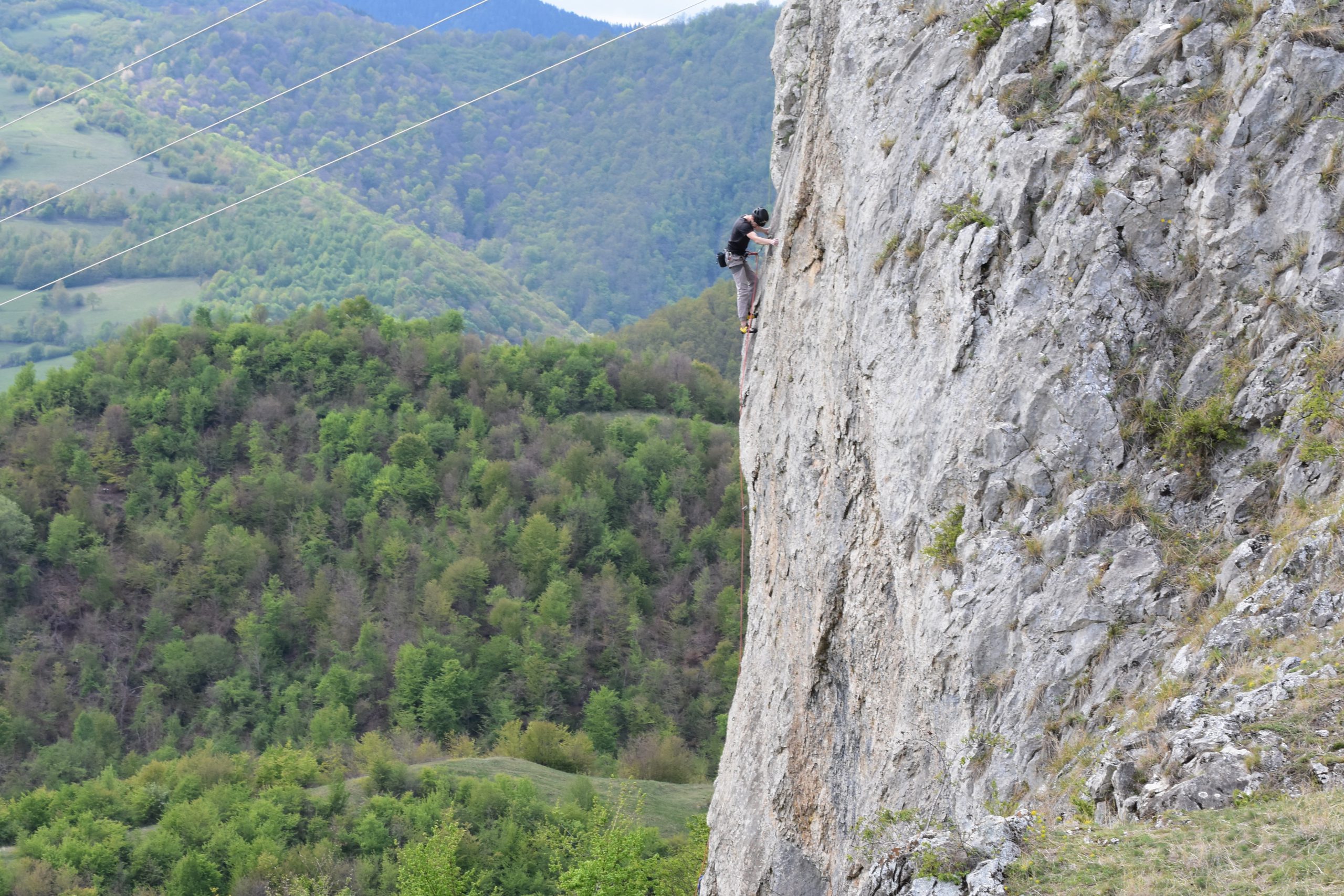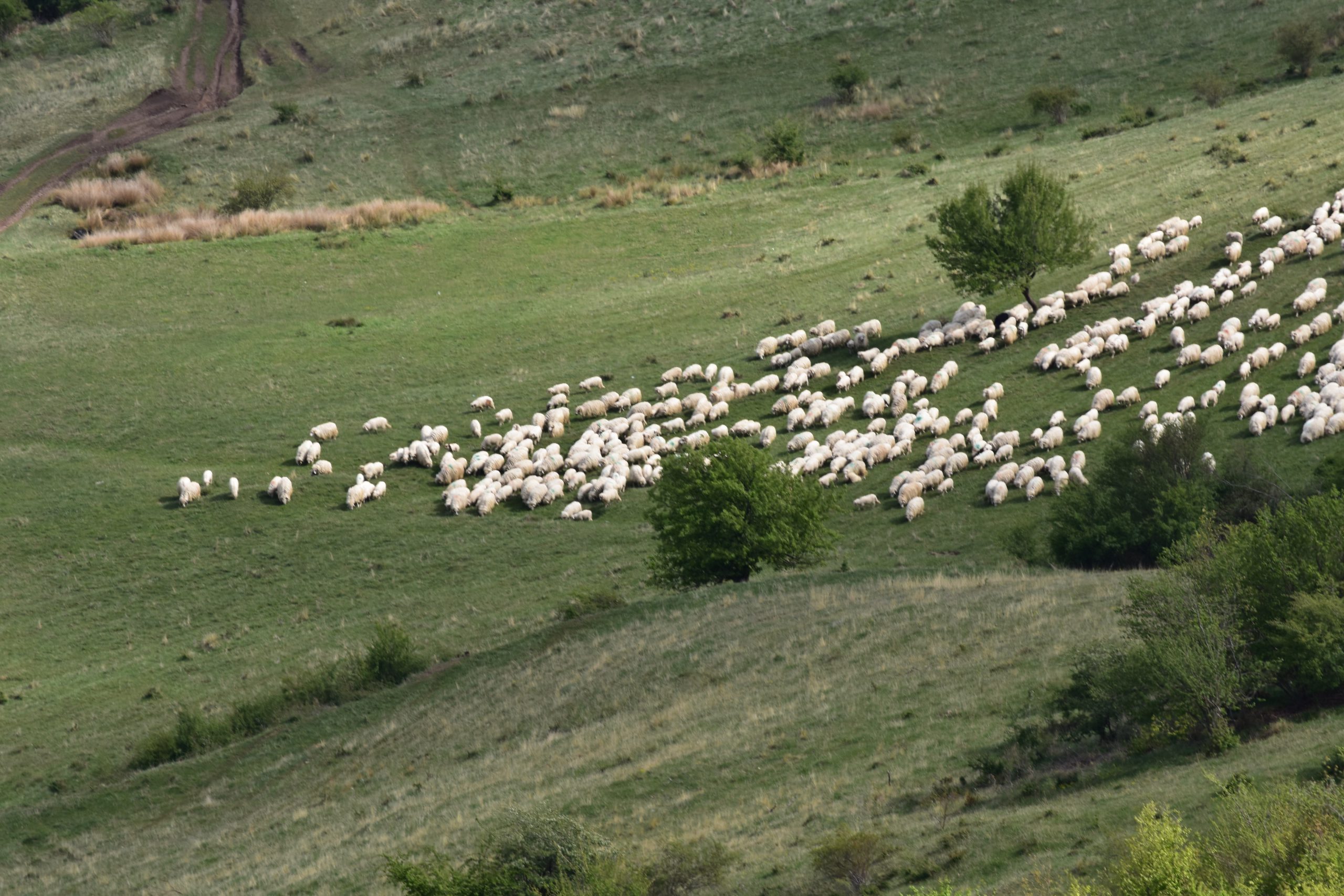Turism
- Home
- Municipality of Săvădisla
- Turism

Several valuable monuments, a landscape museums, a sculpture park, a Natura 2000 reserve, guesthouses and sought-after restaurants await those who visit Săvădisla commune. The commune’s accommodations and inns are an excellent place for tourists on their way from Budapest to Szeklerland to stop and have a look at the sights of the area. The guesthouses are also suitable for weddings and family events, but are also popular stops for those heading to Cluj-Napoca from the ski slopes of Băișoara the winter and from the hiking destinations of the Gilău Mountains, the Muntele Mare or the valley of the Arieș river during the summer. The guesthouses can also host company team-building events. The newly renovated, asphalted roads from Luna de Sus to Buru, from Lita to Turda, from Stolna to Someșul Rece or from Săvădisla to Plopi are popular routes for cyclists, and both beginners and advanced climbers can find climbing routes on the rocks around the fortress of Liteni.
The central village of the commune is named after the patron saint of its first church, St. Ladislaus (1040-1095), who was the king of Hungary between 1077 and 1095. The so called “knight-king” was canonized by the Roman Catholic Church in 1192. The first written record of the village dates back to 1285, when it is mentioned in a succession document under the name of S. Ladislaus. The region is linked to King Saint Ladislaus not only in name, but also in tradition and legend. The hilly area is home to a large number of fossilized shells, nummulites, which are remnants of the ancient seabed. The stones, which the locals call “stone money” or “Saint Ladislaus’ money”, are, according to legend, real fossilized coins. The knight-king pursued the intruding Kuns, who tried to gain a foothold by throwing away the stolen money. They hoped their persecutors would stop to collect the treasure. But King St. Ladislaus’ prayer turned the money to stone, and the chase carried on, and succeeded.Two adjacent depressions in a hillside on the outskirts of Hesdát are known as the Horseshoe of St. Ladislaus (or, according to another version of the legend, St. Stephen). According to the version of the legend preserved in the Romanian community, the horseshoe marks were made in the hillside when the holy king swung his sword towards the mountain and created the Turda Gorge. The Hășdate stream, which flows through the gorge, springs right outside the village.
In several villages of the municipality there are high hills from which you can enjoy a beautiful view of the countryside. The Kapsa hill above Săvădisla had a panoramic viewpoint built by the municipality in 2023 (46.6698486880492, 23.456806195204447). Vlaha has a beautiful panorama from the Csicsal hill (46.69334579111765, 23.463182469837555), Lita the Coasta Mare peak (46.63495740536335, 23.470094126659493), Liteni from the Piatra Mare (46.61285595606407, 23.434979178605904).



- UAT Săvădisla
- 644
- Main Street, No. 35, Săvădisla Commune, 407505, Cluj County
- +40 264 374 275
- +40 264 374 275
- primsav@yahoo.com


